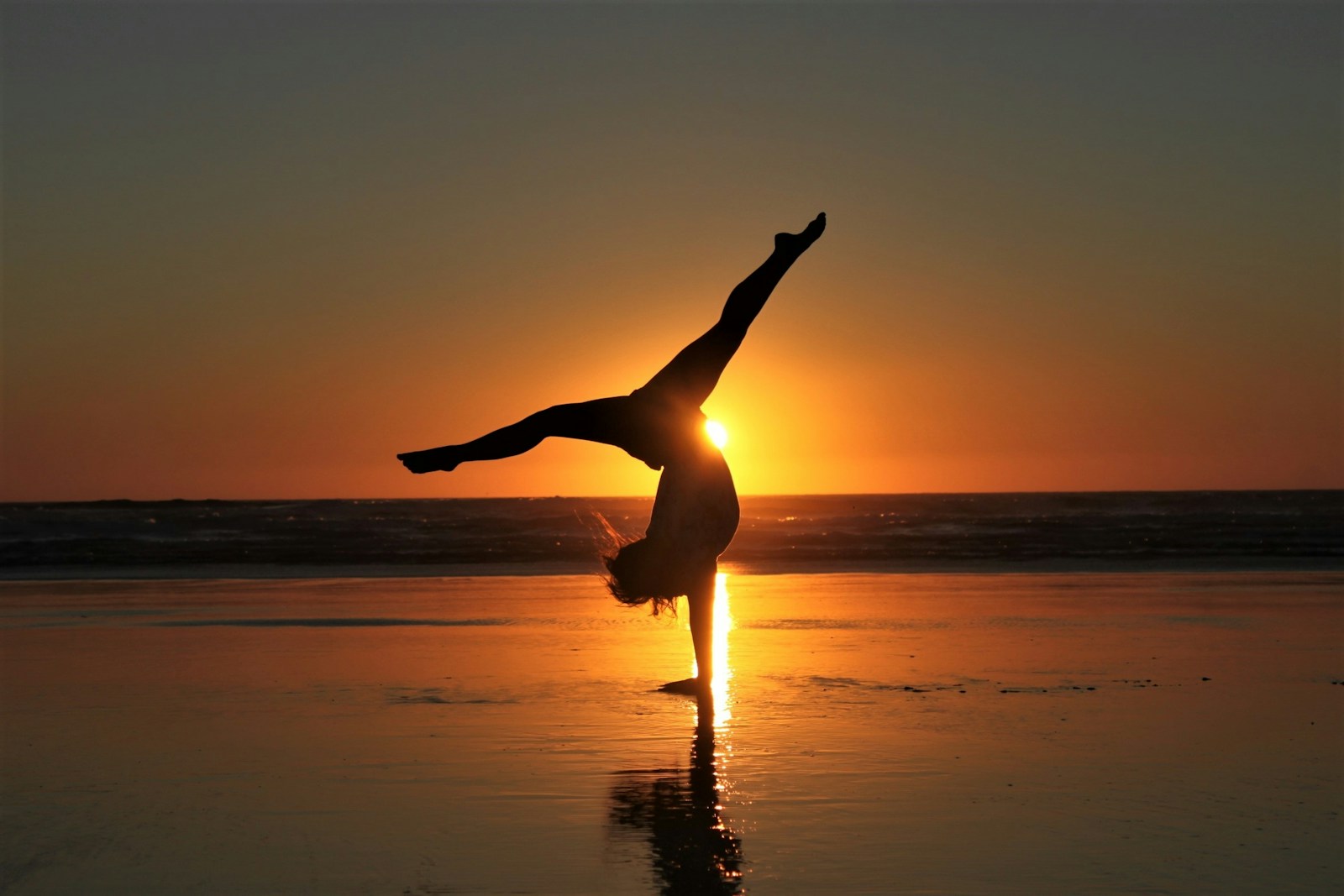![]()
How To Perform Surya Namaskar for Beginners: A Step-by-Step Guide
Surya Namaskar, also known as the Sun Salutation, is a fundamental sequence of yoga poses that offers numerous benefits for both the body and mind. This ancient practice is an excellent way for beginners to start their yoga journey, as it helps to improve flexibility, strength, and overall well-being. In this comprehensive guide, we will walk you through the 12 easy steps of Surya Namaskar, ensuring that you can confidently incorporate this powerful sequence into your daily routine.
Step 1: Mountain Pose (Tadasana)
- Stand with your feet together or slightly apart, with your weight evenly distributed.
- Engage your core muscles and keep your spine straight.
- Relax your shoulders and let your arms hang naturally by your sides.
- Breathe deeply and focus your gaze (drishti) on a point in front of you.
Step 2: Raised Arms Pose (Urdhva Hastasana)
- Inhale deeply and raise your arms above your head, keeping your palms together.
- Stretch your arms upwards, feeling a gentle stretch along your sides and torso.
- Keep your shoulders relaxed and avoid arching your back excessively.
- Maintain your focus on your breathing.
Step 3: Standing Forward Bend (Uttanasana)
- Exhale and slowly bend forward from your hips, keeping your spine straight.
- Bring your hands to the floor next to your feet or grasp your ankles.
- If you can’t reach the floor comfortably, bend your knees slightly.
- Allow your head to hang naturally, releasing any tension in your neck.
Step 4: Half Forward Bend (Ardha Uttanasana)
- Inhale and lift your torso halfway, keeping your back flat.
- Place your hands on your shins, knees, or thighs, depending on your flexibility.
- Engage your core muscles to support your back.
- Keep your gaze slightly forward, avoiding straining your neck.
Step 5: Plank Pose (Chaturanga Dandasana)
- Exhale and step or jump your feet back, one at a time, into a high plank position.
- Align your shoulders directly over your wrists, forming a straight line from your heels to the top of your head.
- Engage your core, glutes, and leg muscles to maintain proper alignment.
- Keep your gaze slightly forward, avoiding sagging or arching your back.
Step 6: Four-Limbed Staff Pose (Chaturanga Dandasana)
- Exhale and lower your body until your elbows form a 90-degree angle, keeping your body in a straight line.
- Engage your core and glutes to maintain proper alignment.
- Keep your elbows close to your sides, pointing backward.
- Avoid sagging your hips or arching your back.
Step 7: Upward-Facing Dog Pose (Urdhva Mukha Svanasana)
- Inhale and press your hands into the floor, straightening your arms to lift your torso and thighs off the mat.
- Roll your shoulders back and down, opening your chest.
- Keep your legs straight, with the tops of your feet on the mat.
- Gaze slightly forward, avoiding straining your neck.
Step 8: Downward-Facing Dog Pose (Adho Mukha Svanasana)
- Exhale and tuck your toes under, lifting your hips to form an inverted “V” shape with your body.
- Spread your fingers wide and press your palms firmly into the mat.
- Engage your core and leg muscles to lift your hips and lengthen your spine.
- Relax your head between your arms, allowing your heels to descend towards the mat.
Step 9: Half Forward Bend (Ardha Uttanasana)
- Inhale and lift your head, stepping or jumping your feet forward to meet your hands.
- Keep your back flat and engage your core muscles.
- Place your hands on your shins, knees, or thighs, depending on your flexibility.
- Gaze slightly forward, avoiding straining your neck.
Step 10: Standing Forward Bend (Uttanasana)
- Exhale and slowly roll up, vertebra by vertebra, into a standing forward bend.
- Bring your hands to the floor next to your feet or grasp your ankles.
- If you can’t reach the floor comfortably, bend your knees slightly.
- Allow your head to hang naturally, releasing any tension in your neck.
Step 11: Raised Arms Pose (Urdhva Hastasana)
- Inhale and slowly roll up, vertebra by vertebra, bringing your arms up overhead.
- Stretch your arms upwards, feeling a gentle stretch along your sides and torso.
- Keep your shoulders relaxed and avoid arching your back excessively.
- Maintain your focus on your breathing.
Step 12: Mountain Pose (Tadasana)
- Exhale and bring your arms back down to your sides, returning to Mountain Pose.
- Stand with your feet together or slightly apart, with your weight evenly distributed.
- Engage your core muscles and keep your spine straight.
- Relax your shoulders and let your arms hang naturally by your sides.
Remember to synchronize your breath with each movement, inhaling during the backbends and exhaling during the forward folds. Practice Surya Namaskar regularly to experience its numerous benefits, such as improved flexibility, strength, balance, and overall well-being.


